- About us
- Company details
Yume Editions is a publishing house established in Torino, Italy, by Katia Bernacci and Marino Olivieri;
it currently publishes 25-30 books every year.
Yume Ed. was born as specialized in historical essays accessible to everyone; from 2014 it also presents sections of fiction and poetry,
and a section dedicated to criminology.
Yume Ed. prints and distributes its own books in Italy, through both small and larger distribution networks. It is present on the most widely used web portals, offering a variety of services to independent publishers and publishing houses: preliminary evaluation and assessment of manuscripts, editing/copyediting, pagination, graphics, filming of short videos, e-books publishing. In addition, it provides for the design and organization of cultural events (such as the Mystery in History exhibition(c); Èdito(c); Torino Noir(c); the Convention on Contemporary Magical Thinking;
the Convention on Mystery in History).
The authors’ list include: Renzo Rossotti, Massimo Centini, Franco Cardini, Marina Montesano, Silvio Saffirio, Massimo Foa, Alessandro Sponzilli.
Several of the books of the catalogue have been particularly successful:
- I templari e le reliquie by Antonio Lombatti
- La ragazza del parcheggio by Giuseppe La Barbera
- Graal, cavalieri e poeti by Fabrizio Manticelli
- Erotismo e sessualità nell'antico Egitto by Alfredo Luvino
- The ‘Wunderkammer Crime’ section, that includes reprints of criminology books of the past. Introduction and textual analysis are written by Massimo Centini, a renowned anthropologist.
- Medicina sacra by Massimo Centini
- Reliquie impossibili by Massimo Centini
Year of establishment:
2013
Number of employees:
UP TO 2 EMPLOYEES
Annual turnover:
Under 250.000 Euro
Reference year of turnover:
2018
Export turnover:
0
Activities:
Intermediation service activities for non-specialised retail sale
Publishing of books
- Videos
- Catalogue
No videos uploaded
No documents uploaded
- Contact Information
- Business Proposals
Company:
YUME EDIZIONI
Web site:
Address:
PZA SOLFERINO 9
City:
TORINO (TO)
Zip Code:
10121
E-commerce:
Tag:
No business proposals uploaded
- Map
GENIUS AND MADNESS Lunatics, Psychopaths and the Measure of Genius
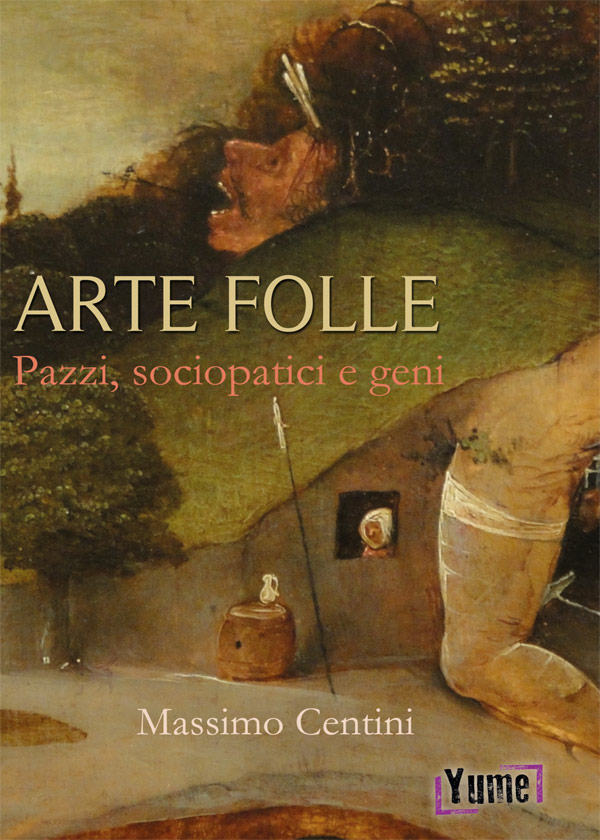
Plato used to say that madness is a gift of the Gods. It is true that mental dis- order has often been associated with artistic production, and the alleged con- nection between the two has always intrigued philosophers, playwrights and poets. The figures of the lunatic artist, the tormented musician, the distraught poet, belong to our collective imaginary. This book is a dense, careful analysis of the relationship between creative ge- nius and mental disorder at all levels, from melancholia to psychopathology. The author focuses on this challenging subject from the analytical, anthropo- logical point of view; at the same time, his investigation approaches the ques- tion with the awareness that in the creative mind lies one of the unfathomable mysteries of human life. The book includes pictures that will guide the reader in the journey towards the discovery of the connection between ‘genius and madness’.
Web site
http://www.yumebook.it
THE GREAT WHITE DEVIL ON THE HUNT FOR MOBY DICK
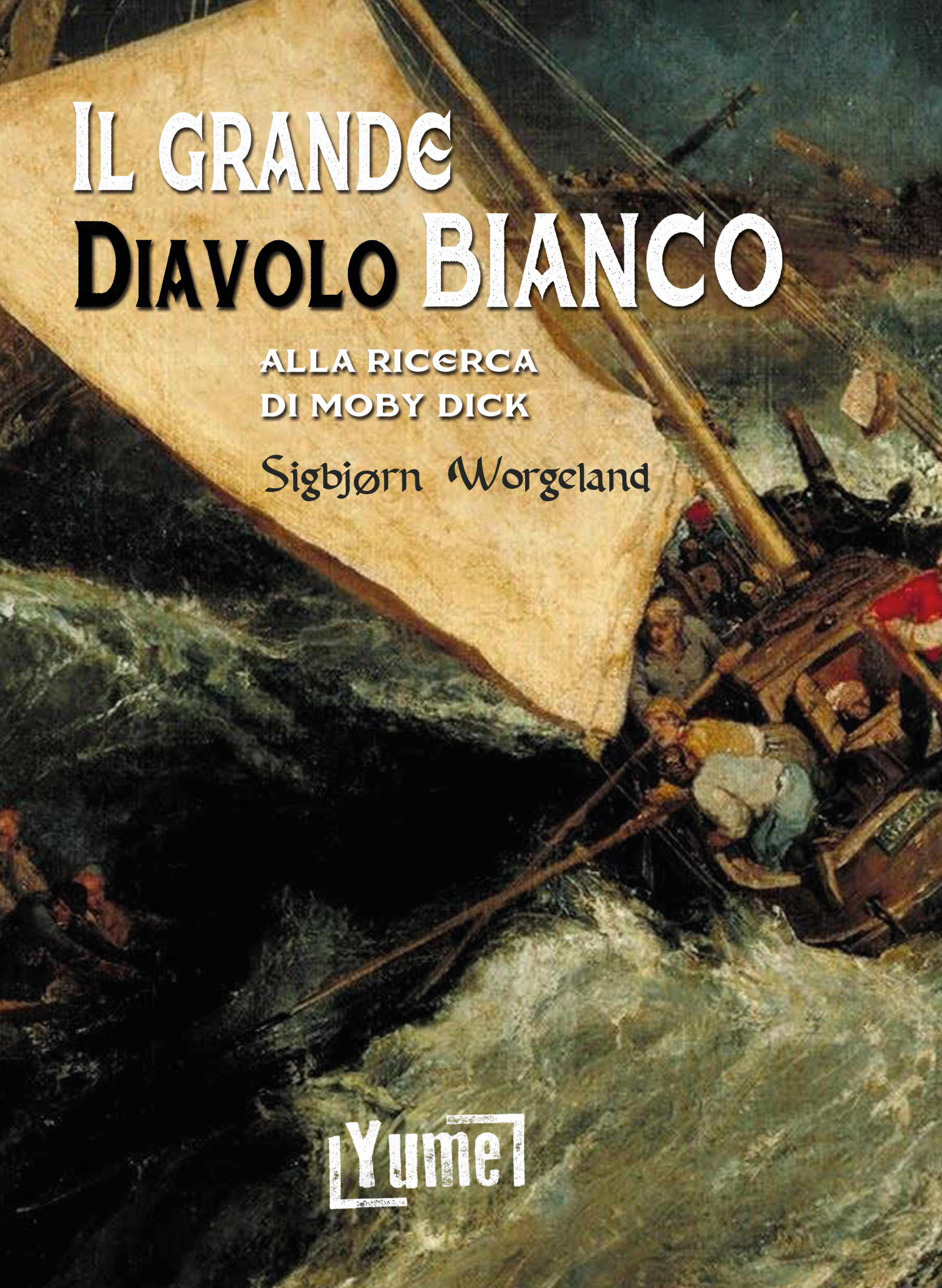
Like all masterpieces, ‘Moby Dick, or The Whale’ has multiple layers of meaning. To a young boy, it will be a heroic tale of the high seas; to the older reader, it will mean something much darker and more sublime. ‘Moby Dick’ puts together poetry, factual description and commentary. This book gives the reader a number of tips to approach the themes in ‘Moby Dick’. Apart from its poetic and philosophic value, Melville’s reflections on our own species still rever- berate. The book has a premonitory brilliance that continues to make it relevant, and enables us to read it as a social science workshop.
Web site
http://www.yumebook.it
FROM CLUES TO EVIDENCE: THE HAND- BOOK FOR READING AND WRITING CRIME FICTIONY
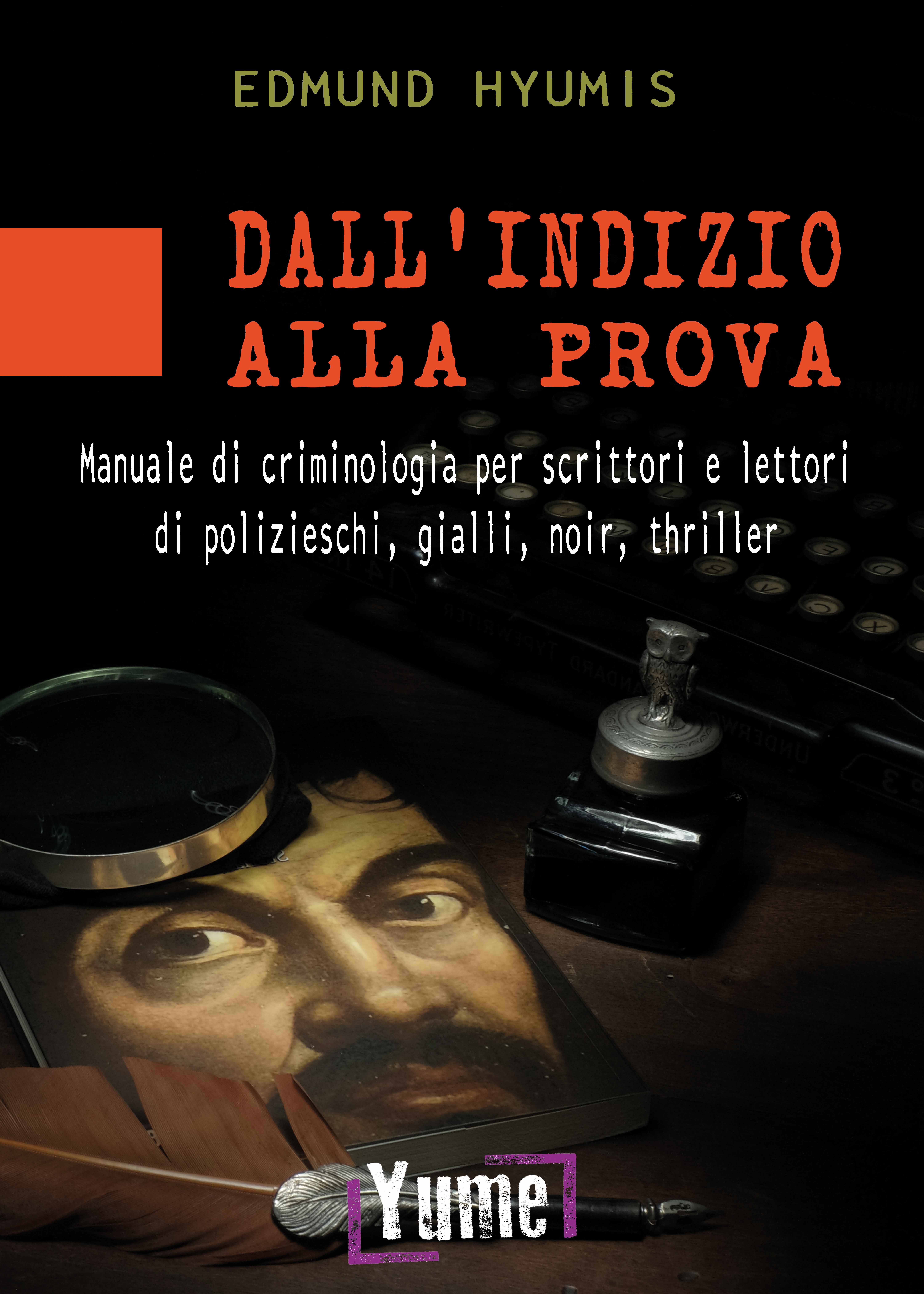
This book is the ideal guide for writers and readers of crime fiction: it is not a manual of criminology. The term ‘crime fiction’ is used to include a number of sub-genres, from the detective story to the hard-boiled: as the books proceeds, the differences will become clear and the terminology differentiated according to the specific subject. Potential writers of crime fiction will find in these pages plenty of historical and scientific information on the theory and practice of criminology. This knowledge should give them a practical grasp on investigative work that will enable them to stick to reality and write convincing, true to life crime fiction. Lovers of the genre are getting tired of the mistakes and unrealistic common- places they often find in crime fiction, most conspicuously in films and television serials. In most cases, reality is more than enough: the human mind can be more cruel and reality more tragic than any story a writer of crime fiction could possibly imagine.
Web site
http://www.yumebook.it
STRAWBERRY MOON The case of the hepatologist
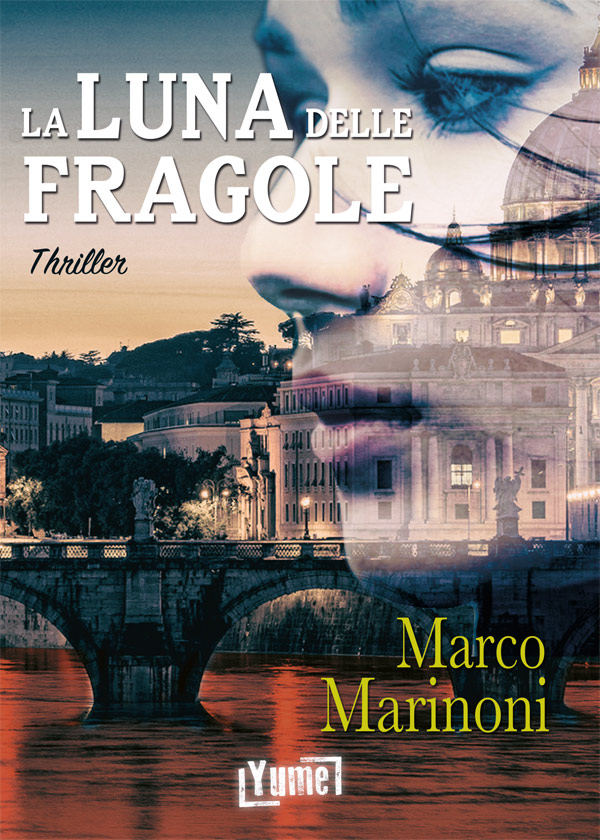
Nadja Russo is a young musicologist. In the deserted rooms of the old Os- pedale Forlanini, Rome, she is setting up the equipment to produce the envi- ronment sounds effects she needs. As she walks around the rooms, she notices an elastic net bag hanging from a hook in the ceiling. Inside it, there is a naked corpse: it is very likely he had been tortured, because the right hand is missing; after death, his bowels have been emptied. When police officers examine the scene, they discover a second corpse: it seems clear that the murderer has been following a pre- cise ritual. Only the well-known criminologist Damiano Danti seems able to figure out the modus operandi of the serial killer. Like all serial killers, he has no intention to stop. As Damiano Danti follows the trail of murders, he is led into the womb of a dark, esoteric Rome; it hides secrets that, for some, had better not come into the open.
Web site
http://www.yumebook.it
The Deadly Nightshade Ancient and Modern History of the Belladonna
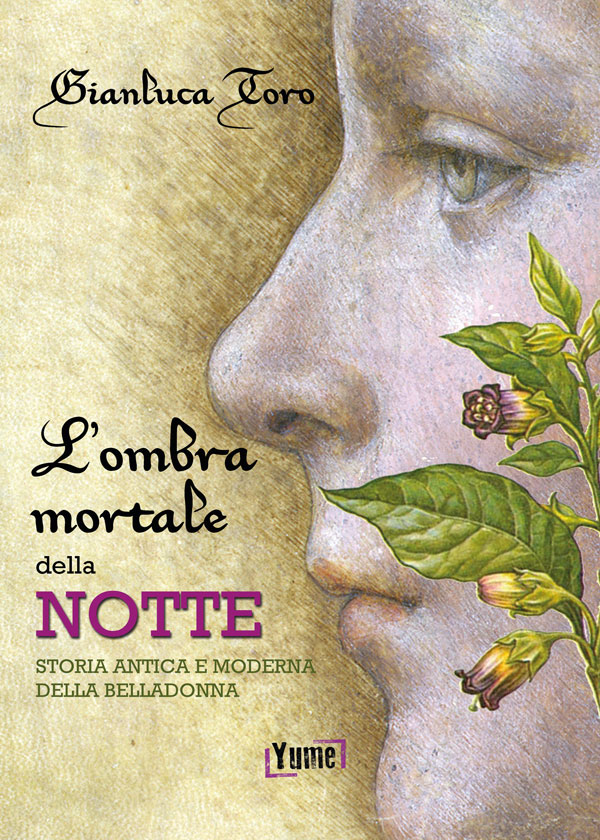
The Deadly Nightshade (Atropa belladonna) is one of the most fascinating and mysterious plants. Since it is poisonous, it brings to mind seducing but destructive feminine entities, witches and devils, supernatural images of Fear and Death. Its Latin name originates from At- ropo, the Greek god that was said to cut the Thread of Life; at the same time, it reminds us that Medieval and Renaissance women used its juice to obtain drops that would make their eyes more luminous. The book is a cross-discipline journey into the ways this plant was and is used: psychoactive or aphrodisiac drug, for magical or medical use. It is the guide to discovering a plant that still seems to keep its darkest sides hidden from man.
Web site
http://www.yumebook.it


